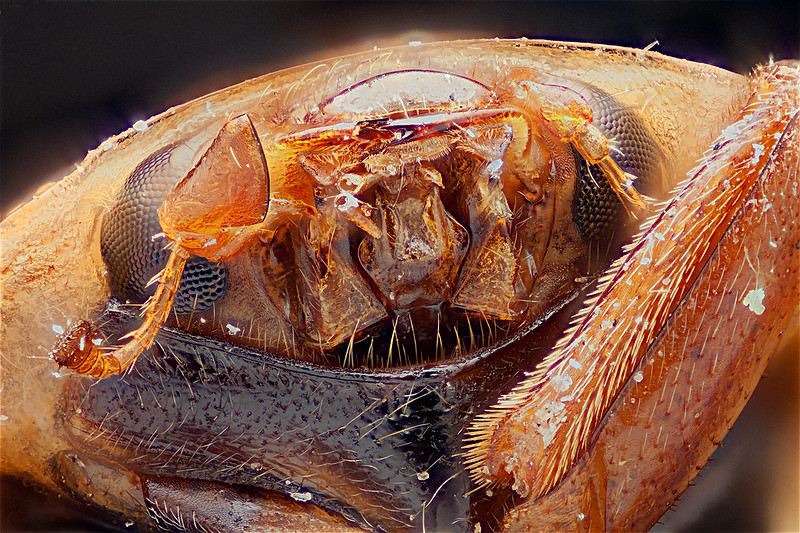There is no way for them to trigger flash in ML. The only thing it can do is disable live view to enable the flash to work, which most canon cameras have as an option anyways. (Silent mode- disabled for live view settings)pulsar123 wrote:If there is a way to trigger flash from inside Magic Lantern (which I am not sure of), one could simply introduce a flash delay constant into ML.
The a7rII* does have flash with EFCS, as well as the d810. You can even see that it matches the camera sync speed just a hair better than with out EFCS on both cameras http://blog.kasson.com/?p=12012rjlittlefield wrote: The issue has come up before, of variable timing when using an external trigger to flash during a long exposure started by electronic shutter. Ah yes, here it is, documented as Canon T1i: EFSC has large variation in shutter delay. On a quick re-read, it looks like I had to use a long shutter-open time also, due to unavoidable variations in shutter timing with respect to the shutter trigger pulse.
I do believe the reason canon does not is atleast a little bit arbitrary. In my testing of live view, the variation on my camera was specifically in the camera triggering the shutter.
The series of events as I could test was:
-Shutter release pulse for X ms
-Pulse may or may not get detected
-If detected, Shutter fires
The required pulse length, I believe corresponds to the delay in the shutter firing. If I set the pulse size for triggering the shutter to say, 70ms, the camera will only trigger maybe 30% of the time(made up number here btw, I dont have the actual stats at hand). If I put the pulse size up to 450ms, its fire rate will be at 100%.
What I think is happening is we have an event loop in live view that is checking on various processes, including if the shutter release circuit is closed. If the shutter release circuit is not closed when the process gets to it, it does not see it, and therefore does not fire. If you have a long shutter release pulse, the shutter will not fire till when ever it gets to sample if the circuit is closed. Creating the illusion of the shutter delay being more variable that it actually is, when the problem appears to be triggering the camera in the first place.
So what does this have to do with flash? Well, I would not imagine that the flash gets fired from a shutter button/release signal directly, but rather by the process that those signals trigger. So there should be no timing issues at all for firing a flash in EFCS even with the delays that Rik and I have both seen in actually getting the camera to trigger.
So I guess my point is, I have no idea why canon still wont let us fire the flash with EFCS on. Lack of interest in developing the feature is my only guess.
*Note, I briefly had this camera and it worked well with EFCS, but I returned it because it was not well suited for use on bellows due to the mount. If some one wants to know more I can make a separate post.

